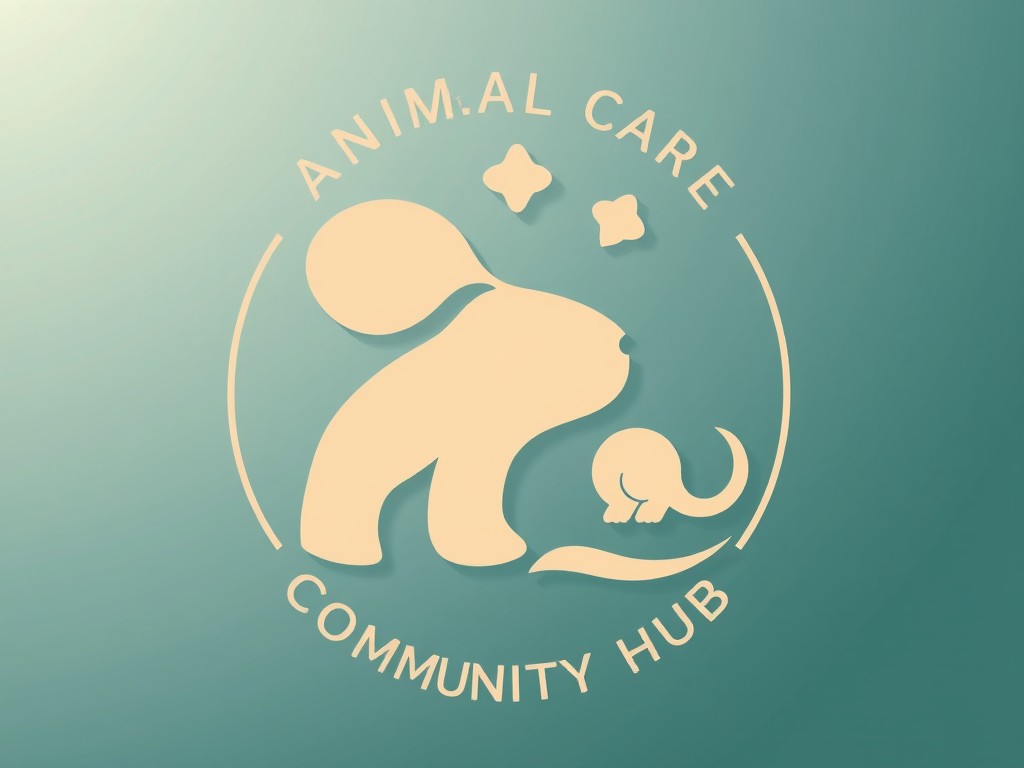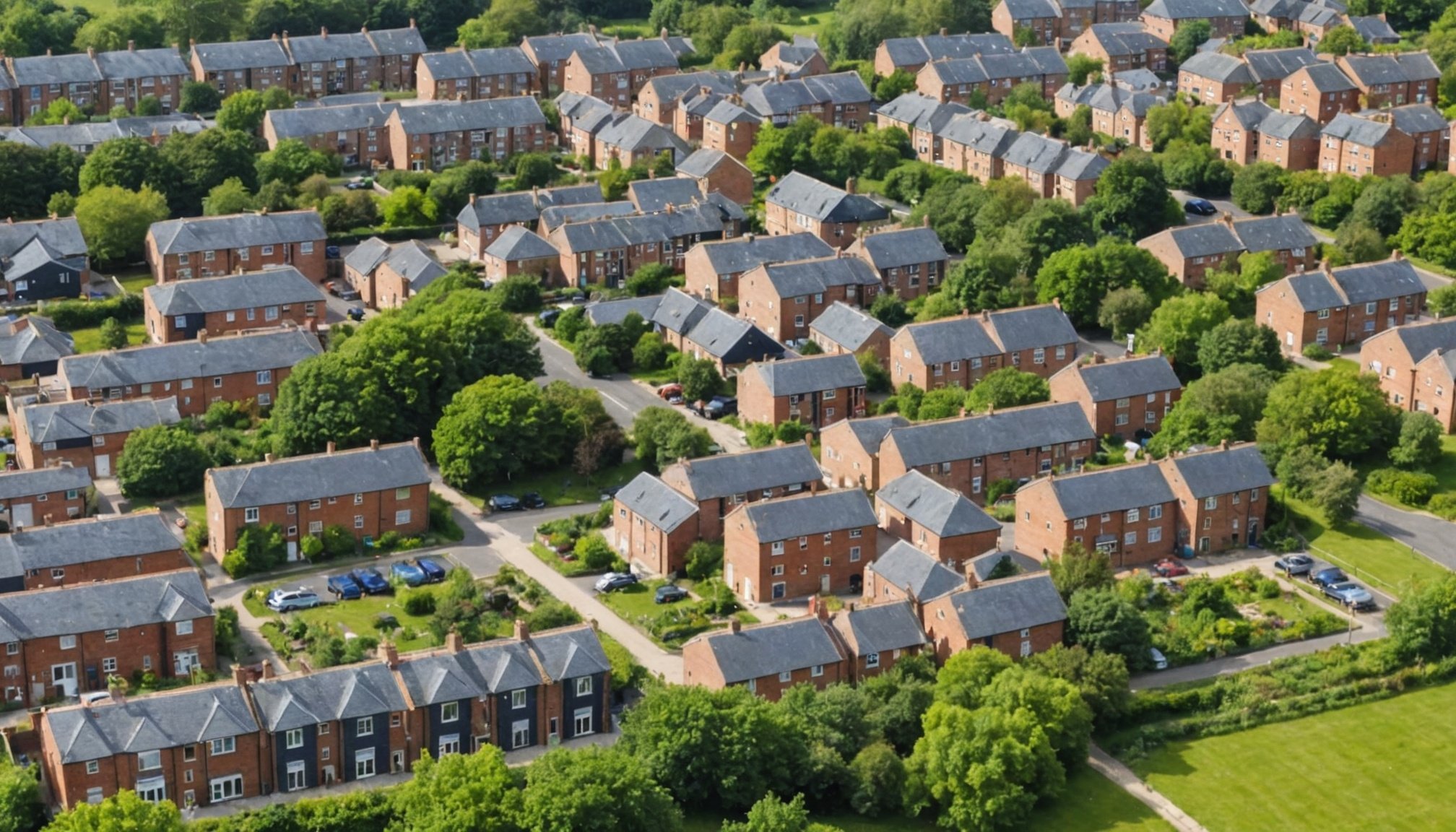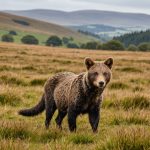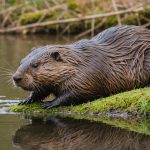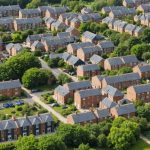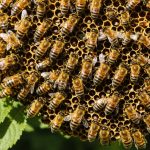Strategies for Integrating Biodiversity in Urban Housing Developments
Incorporating urban biodiversity into housing design is vital for fostering a harmonious coexistence between humans and nature. This involves implementing innovative strategies to create environments where both people and wildlife can thrive. One key approach is the development of wildlife corridors. These corridors allow species to move freely between habitat areas, reducing fragmentation and supporting ecosystems.
Several urban projects have successfully demonstrated how biodiversity can be seamlessly integrated into housing developments. For instance, London’s Woodberry Wetlands transformed a reservoir site into a vibrant habitat supporting numerous species while accommodating residential needs. Similarly, Singapore’s Punggol Waterway takes advantage of natural elements to create a conducive environment for urban biodiversity.
Lire également : Exploring the ecological transformation: how beaver reintroduction shapes river habitats in the uk
Urban planners and architects play a crucial role in this process. They are responsible for designing spaces that not only meet human requirements but also enhance wildlife conservation. They can achieve this by selecting native plants, designing green roofs, and ensuring connectivity between green spaces.
By prioritising housing design that incorporates biodiversity, cities can enhance their environmental sustainability, improve residents’ quality of life, and create resilient urban ecosystems. The integration of these strategies highlights the potential for harmonious coexistence, showcasing both the practicality and necessity of embedding nature into urban environments.
Avez-vous vu cela : Essential guidelines for uk outdoor enthusiasts: how to protect wildlife while savoring nature
Innovative Wildlife Conservation Methods
Innovative methods are transforming wildlife conservation techniques, particularly in urban environments. As cities expand, integrating these methods into the infrastructure becomes essential. Urban ecosystems, rich with biodiversity, can greatly benefit from these advancements.
Nature-based Solutions
Nature-based solutions involve integrating the natural world into urban planning. This fosters biodiverse urban ecosystems. Implementation of green infrastructure—such as parks and natural water management systems—enhances the resilience of urban areas against climate change while supporting wildlife conservation. Such initiatives are crucial for creating spaces that sustain both humans and wildlife.
Wildlife Corridors and Connectivity
Designing wildlife corridors is vital to ensure connectivity amidst expanding urban landscapes. These pathways enable animals to travel safely between fragmented habitats, reducing human-animal conflicts and genetic isolation. This proactive approach not only preserves biodiversity but also fosters healthy ecosystems within city perimeters.
Green Roofing and Walls
The impact of green roofing and walls cannot be understated. These elements contribute significantly to enhancing urban biodiversity. By offering habitats for birds and insects, they play a crucial role in offsetting the ecological footprint of densely populated regions. This method also aids in improving air quality and reducing urban heat, providing myriad benefits to local ecosystems and wildlife conservation techniques.
Successful Case Studies in the UK
The UK has seen impressive urban projects that serve as exemplary models for biodiversity conservation. These case studies highlight how urban housing can integrate biodiversity initiatives effectively. A leading example is London’s Battersea Power Station development. This project integrates green roofing and habitat creation, boosting local wildlife. Such initiatives not only enhance biodiversity but also improve residents’ quality of life.
Community engagement plays a crucial role in ensuring the success of biodiversity projects. In Manchester, community-driven efforts led to the transformation of derelict areas into lush, green landscapes. Local participation fosters a sense of ownership and responsibility, contributing to long-term project sustainability. This partnership between developers and residents demonstrates how collaboration can amplify ecological benefits.
Lessons learned from successful biodiversity-focused housing developments emphasize the need for planning and collaboration. Innovative design is paramount; incorporating natural features like ponds and gardens within urban housing not only supports wildlife but also offers recreational spaces for the community. Ensuring early involvement of local groups and adhering to environmentally sound practices are imperative for success.
In these projects, biodiversity isn’t just an add-on—it’s central to design. As these case studies illustrate, with thoughtful planning and community involvement, urban projects can thrive ecologically.
Government Policies Supporting Biodiversity
Government policies play a crucial role in enhancing biodiversity through comprehensive environmental strategies and urban planning regulations. These policies are essential for safeguarding diverse ecosystems and ensuring sustainable development. Let’s delve into various aspects of these policies.
Local Government Initiatives
Local governments are pivotal in implementing initiatives that support biodiversity. They often employ urban planning regulations that integrate green spaces, promoting diverse habitats within urban landscapes. Initiatives may include community gardens, urban forests, and wildlife corridors that foster ecological diversity. By actively involving local communities, these initiatives not only preserve nature but also enhance urban living quality.
National Policy Frameworks
National frameworks establish the foundational biodiversity targets that regions aim to achieve. These policies often dictate rules and guidelines for preserving natural habitats and integrating biodiversity in national infrastructure planning. The frameworks ensure cohesive efforts across various levels of government, aligning local actions with broader national environmental goals.
Funding Opportunities for Biodiversity Projects
Funding plays a significant role in advancing biodiversity-focused developments. Governments often provide grants for projects aimed at enhancing biodiversity within cities and rural areas. This financial support encourages innovation in building sustainable environments, facilitating the achievement of biodiversity targets. Such opportunities are crucial for bridging the gap between policy frameworks and practical implementation.
Community Involvement in Biodiversity Conservation
Engaging communities in biodiversity conservation is critical to ensuring sustainable environmental practices. When local individuals actively participate in conservation, it enhances project outcomes and fosters a shared responsibility for preserving natural resources. In fact, community engagement not only boosts conservation success but also empowers residents by instilling a sense of ownership and pride in their local environments.
One effective strategy to increase public awareness revolves around highlighting the unique aspects of local urban biodiversity. This could be achieved through community workshops, informational sessions, and organized nature walks, all aimed at showcasing the beauty and importance of native species. Such initiatives help bridge the gap between urban dwellers and the ecosystems surrounding them, which is essential for nurturing a deeper appreciation for nature.
Conservation education programs play a pivotal role in promoting biodiversity efforts among residents. Schools and local organizations can introduce interactive educational activities tailored to different age groups. Through hands-on experiences like habitat restoration projects or citizen science initiatives, individuals not only learn about the importance of biodiversity but also become active contributors to conservation efforts.
Together, these approaches ensure that communities are informed, involved, and invested in safeguarding their natural heritage for future generations.
The Benefits of Wildlife-Friendly Urban Design
Urban landscapes are not just human environments; they’re also vital habitats for various species. Here’s how wildlife-friendly urban design contributes to sustainable development, ecological benefits, and quality of life.
Enhancing Urban Green Spaces
Urban green spaces play a crucial role in enhancing biodiversity. By incorporating native plants and creating habitats, cities can support diverse wildlife. These areas are not only havens for species but also allow urban dwellers to connect with nature, enriching their daily experiences.
Improving Ecosystem Services
Wildlife-friendly designs bolster ecosystem services significantly. They help in air purification, water management, and temperature control, which are critical for urban sustainability. Additionally, these designs facilitate pollination and pest control, contributing to the city’s overall ecological health.
Impact on Resident Well-being
The presence of biodiverse environments fosters a higher quality of life. Residents living near green spaces report improved mental health, reduced stress levels, and increased physical activity. The proximity to nature enhances social cohesion, encouraging community interactions. Moreover, it promotes a sense of peace and well-being, offering respite from the urban hustle.
Embracing wildlife-friendly urban design not only aids in environmental conservation but also ensures the enhancement of urban living conditions, making cities more livable and enjoyable for all their inhabitants.
